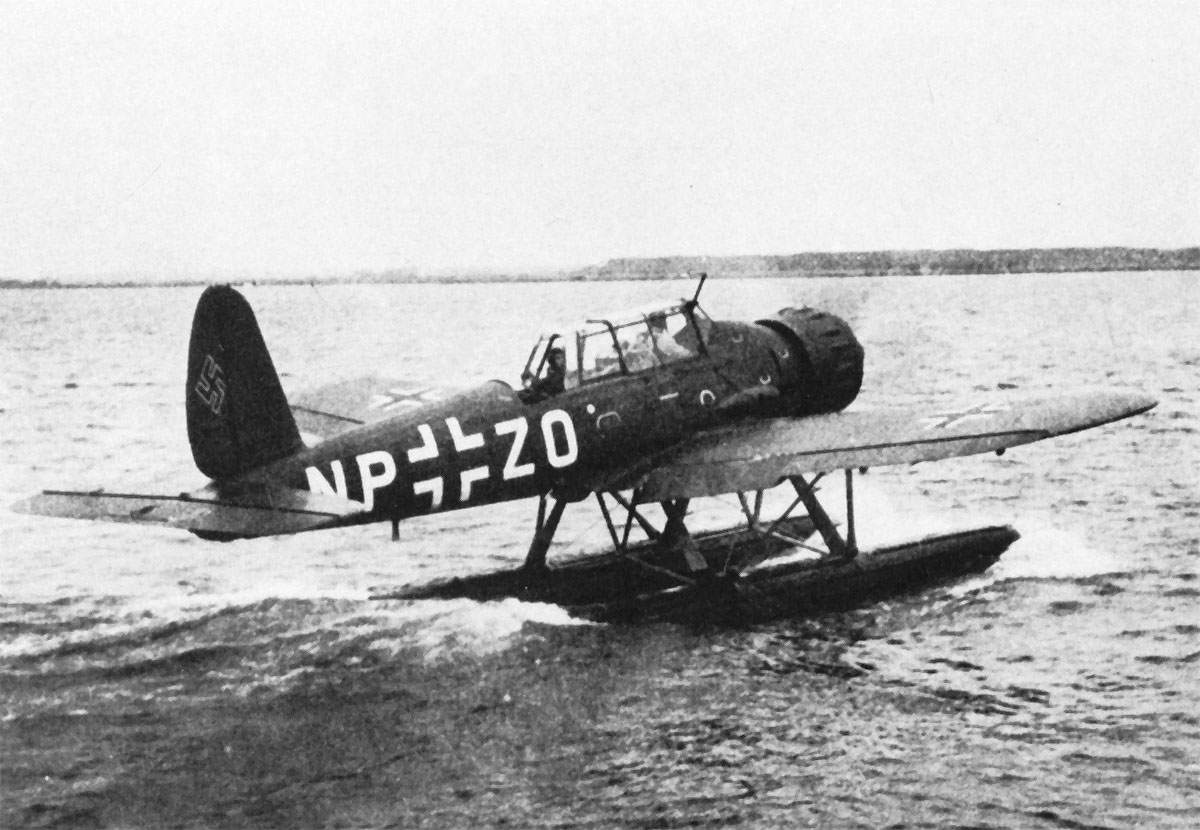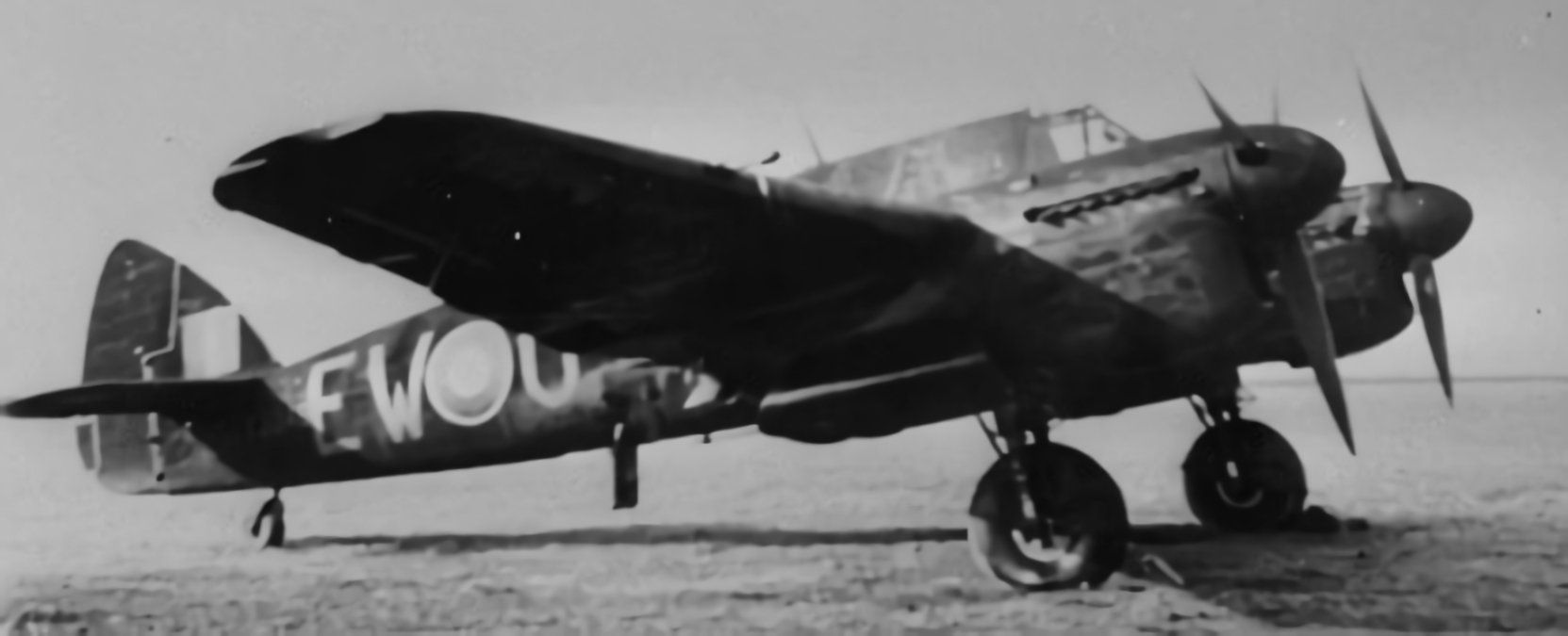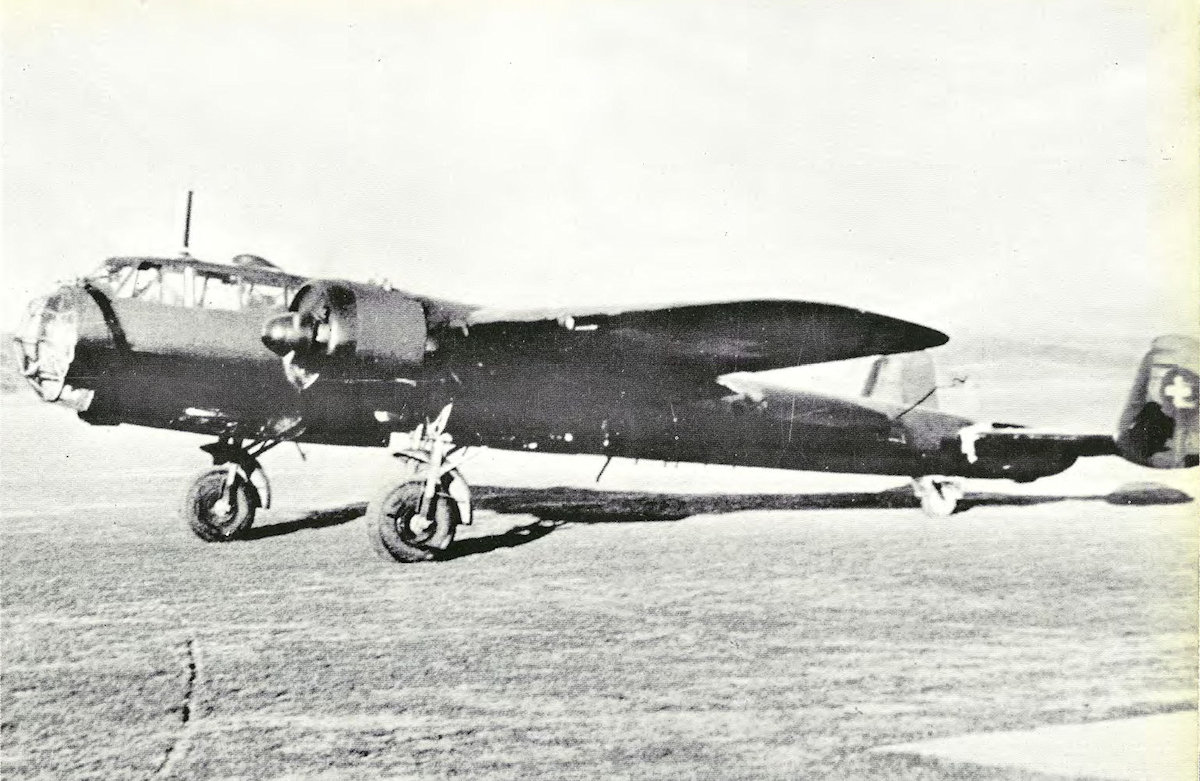Tag: airplane
-
Arado Ar 196A-5

Arado Ar 196A-5 The final production version of the Arado Ar 196 was the A-5, which entered production in 1943. Major changes included new radios and cockpit instruments, switching the rear gun to the much-improved MG 81Z with 2000 rounds of ammunition, changing the cannon type to the MG FF/M with extended 90 round magazines,… Read more
-
Bristol Beaufighter in Polish Service

Bristol Beaufighter in Polish Service 307 (Polish) Squadron RAF operated the Bristol Beaufighter Mk IIf from 14 August 1941 to May 1942, replacing the unit’s Boulton Paul Defiants. The Mk.IIf fighters were replaced by Beaufighter Mk.VIf night fighters which operated until Feb 1943 when they were replaced by de Havilland Mosquitoes. In total, Beaufighter crews… Read more
-
Dornier Do 17 in Swiss Service

Dornier Do 17 in Swiss Service The Swiss Air Force operated one Dornier Do 17Z-2, that was interned after landing at Basel Airport in April 1940. Read more